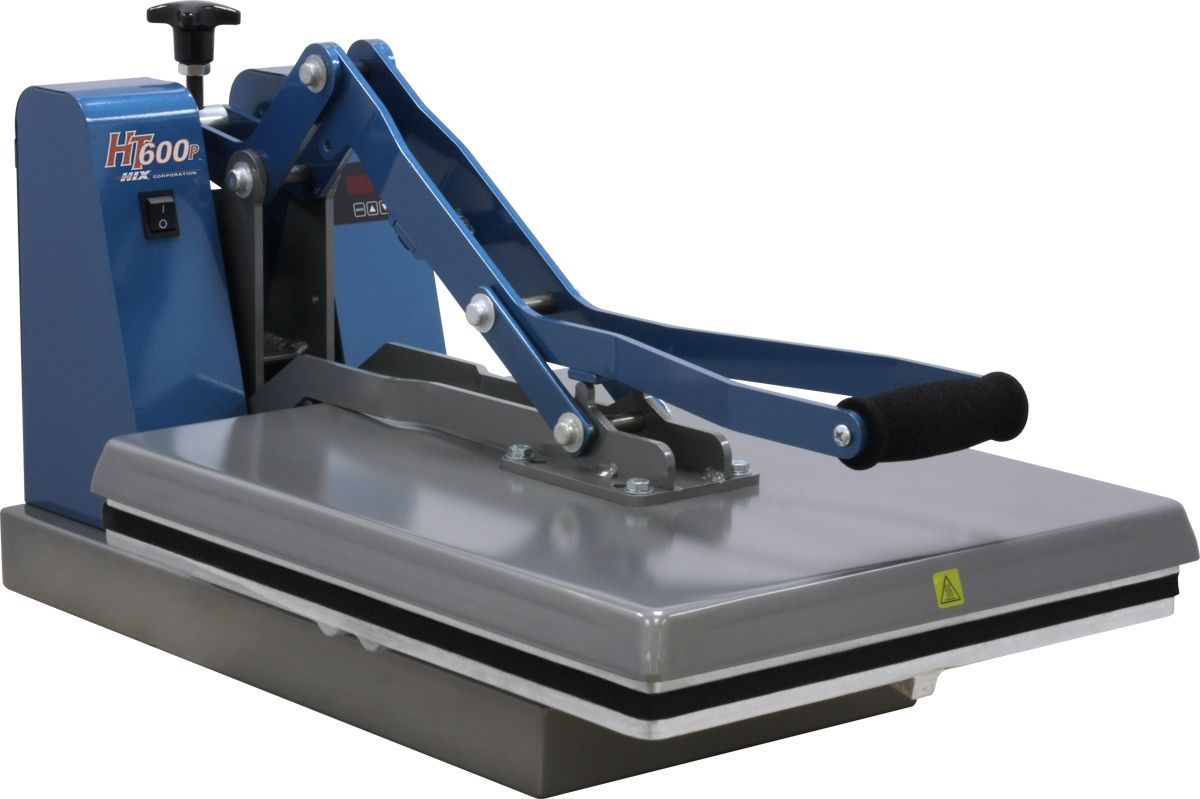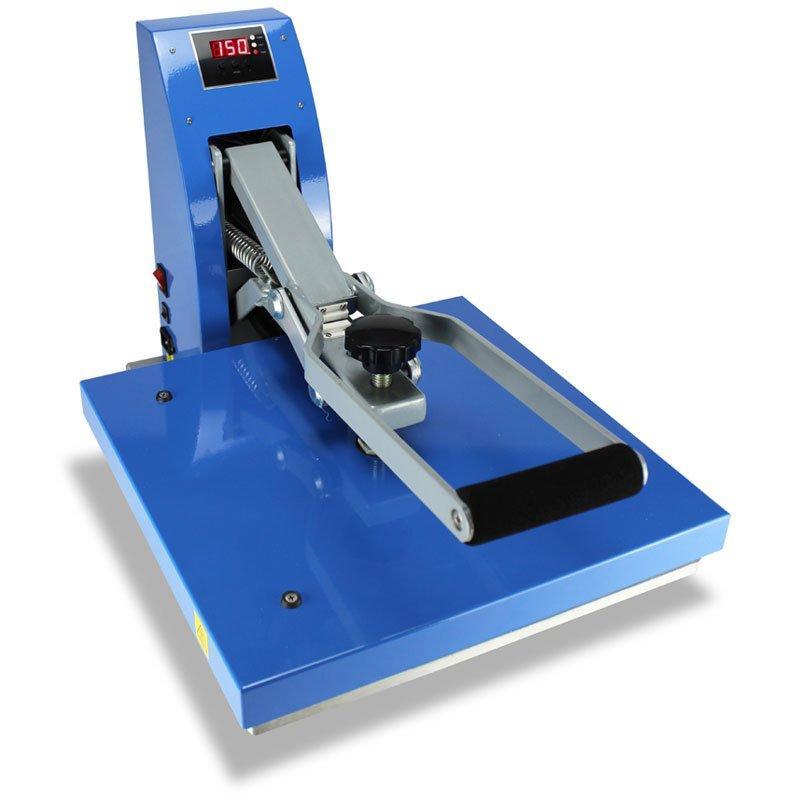Heat Presses
Your partner in DTG, DTF, heat transfer and dye sub projects

Choosing the right equipment for the job is essential. Whether your business is based in DTG, heat transfer or dye sublimation will determine the type of heat press that you ultimately need. We can help you make an informed decision.
If you’re in DTG, you’ll be in need of a flat press - notably, the clamshell or the swing-away. Heat transfer and dye sublimation, on the other hand, may require a flat press or might require a more specialty unit (such as a mug or hat press). Each type is available in a range of settings - manual, semi-automatic or automatic.
All of the presses in our range are very easy to use. They open widely, allowing you to place items onto the platen without burning yourself. They’re also durable and able to withstand the pressures of daily industrial use.
Areas We Serve
Machines Plus supplies our heat press range, as well as related accessories, to businesses of all shapes and sizes Australia wide (including metro Melbourne, Sydney, Brisbane, Canberra, Adelaide, Perth, Hobart and Darwin plus all rural areas).
Start your business today in 3 simple steps:
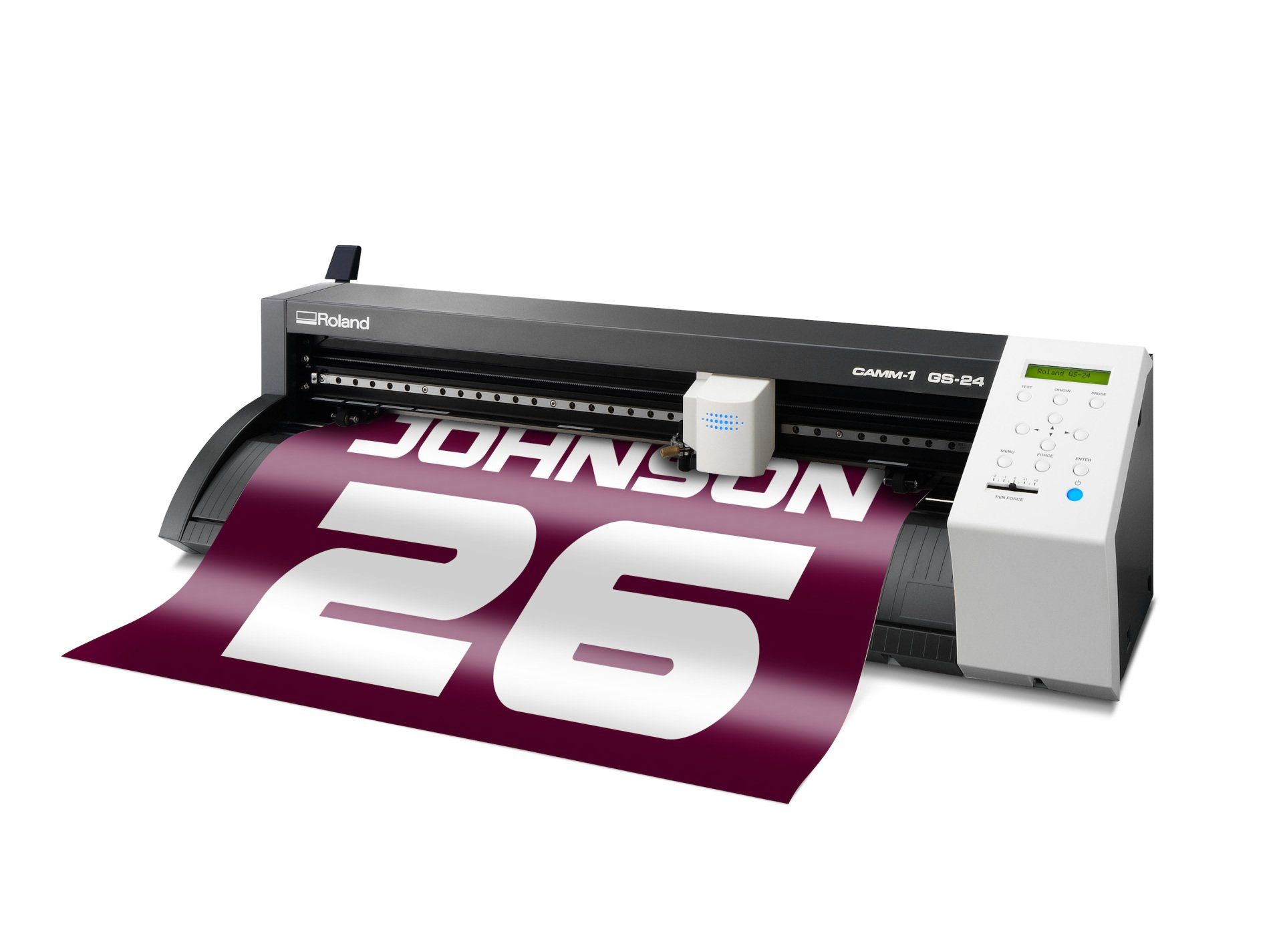
Step 1 - Invest in a Machine
You need to decide how you will decorate your garments.
If your images are simple and use a single or very few colours, heat transfer can be a great place to start (as well as more affordable). For more intricate imagery with lots of colour, on the other hand, DTG will be the better option.
Ask us for advice if you’re unsure.
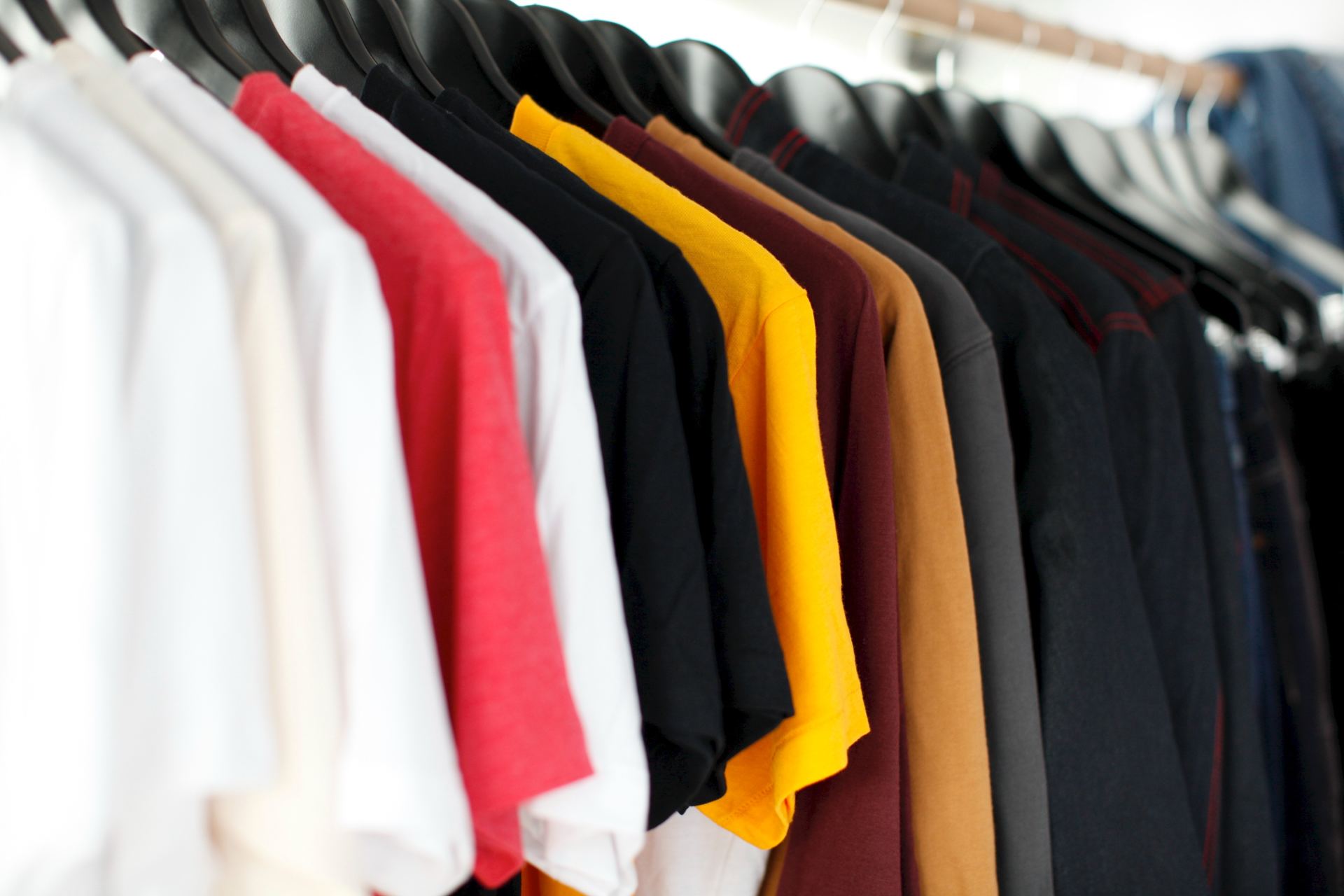
Step 2 - Choose your Blanks
We cannot, of course, forget about the garments or blanks that you’ll be selling to your customer base.
Always get samples before settling on a particular brand or supplier and be sure to do some testing to ensure they’re compatible with your chosen decoration method and that they provide consistent results.
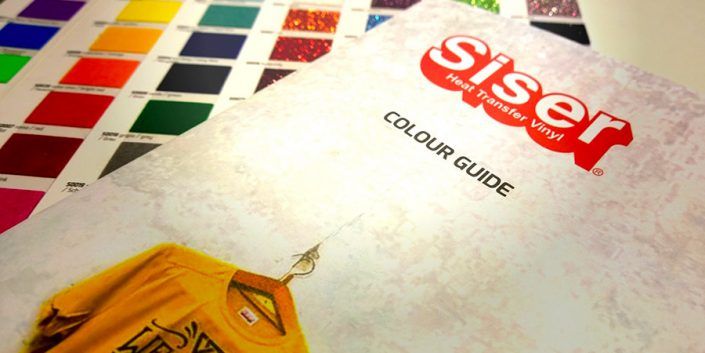
Step 3 - Keep Stocked Up
Your printer or cutter will need a variety of consumables to run, such as ink or vinyl, and you may need some other accessories depending on the decoration method you have chosen.
A heat press is fairly standard, as it is used to cure the inks from DTG printing and adhere the vinyl in heat transfer.

“Machines plus have gone above and beyond my expectations when first ordering my machines through them - they help you from start to finish and more, I couldn’t recommend them enough. Gus and his team are as good as they come!"
Jake Currell - West Oz Prints
FAQs
Got a question? We're here to help.
-
How important is accurate heat?
On top of providing an even level of heat, a heat press is designed to accurately control the temperature across the surface. Proper application of temperature is essential to the success of the finished product. If you use too little heat, the adhesives in the vinyl may not be activated and the ink may not cure all the way through. If you use too much heat, on the other hand, something known as ‘strike-through’ could occur. It is also possible to burn the garment and melt the vinyl, both of which are undesirable outcomes.
-
How do I ensure that my press has even pressure?
Even pressure is essential for ensuring that your design is correctly adhered to the surface of the garment or blank. Uneven pressure can result in patches of the design not being appropriately heated. One simple way to test whether your press has even pressure or not is to place four pieces of paper on the platen, one in each corner, and then close the top. Try pulling the papers out. If one piece comes out easier than the others, it’s possible that the platen is somewhat warped and not providing even pressure across its surface.
-
Which style is better?
No matter what you’re creating, you want to ensure that the garment or blank can be easily slid on and off the press without damaging them and without burning yourself. The style that will best meet your needs will depend on the items that you’re ultimately creating. Some clamshell presses, for example, will open wider to allow for safer and easier positioning on the lower platen. A swinger or drawer style, on the other hand, will physically move the top and lower platens apart for simple positioning - but they tend to take up more space.
-
Can I use an extension cord?
It is recommended that you plug your heat press directly into an electrical outlet rather than using an extension cord. If an extension cord must be used (ie due to positioning), then it should be a heavy duty one and should be as short as possible. Failing to safely plug your unit in could result in erratic controller functions, inaccurate displays and slow heat up, and even lead to the fuse popping or breaking. Keep in mind that internal malfunctions will prevent the machine from performing properly, having disastrous effects on your products.
-
What sort of maintenance or cleaning is required?
The great thing about heat presses is that they require very little maintenance. You can dust or clean it with a mild household cleaner (an abrasive free mechanics hand soap with a clean cloth is recommended), but this is usually unnecessary if you keep it in a clean environment. If the press is accidentally used without parchment paper between the design and the platen, the non-stick upper platen means it’s easy to wipe clean. Keep in mind that you can only clean the platens, silicone pads and external parts of the machine - leave the mechanics alone.
© 2021 COPYRIGHT MACHINES PLUS | Terms and Conditions | Privacy Policy | Returns Policy | Service Agreement


